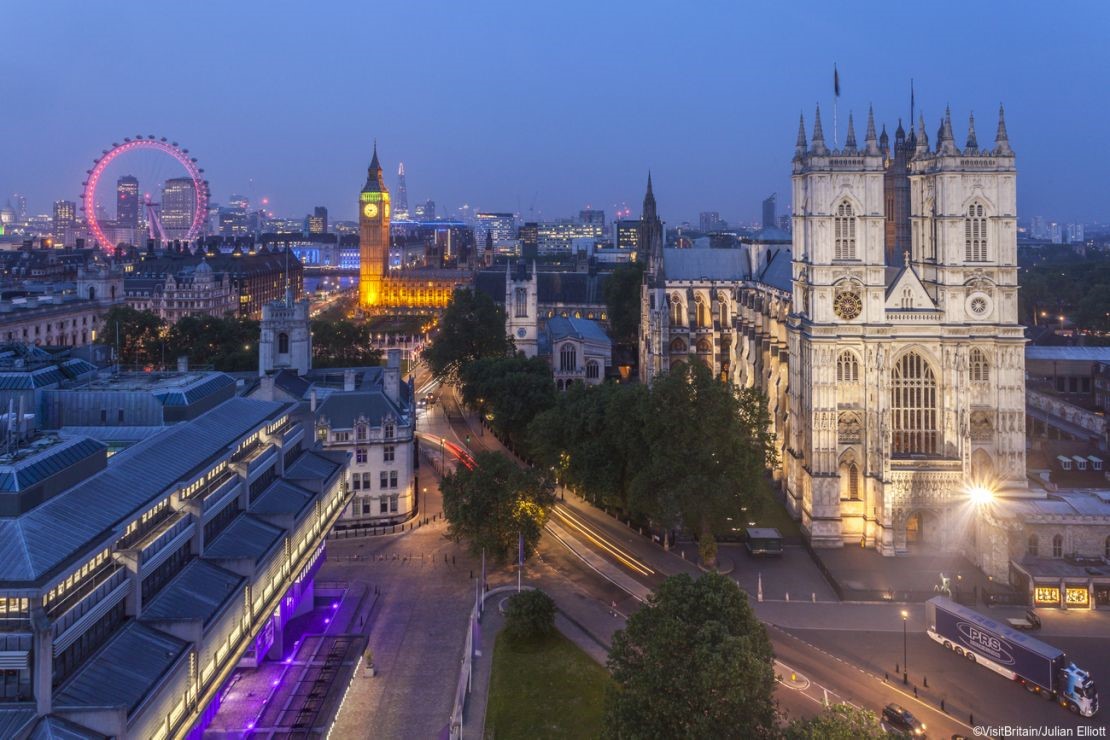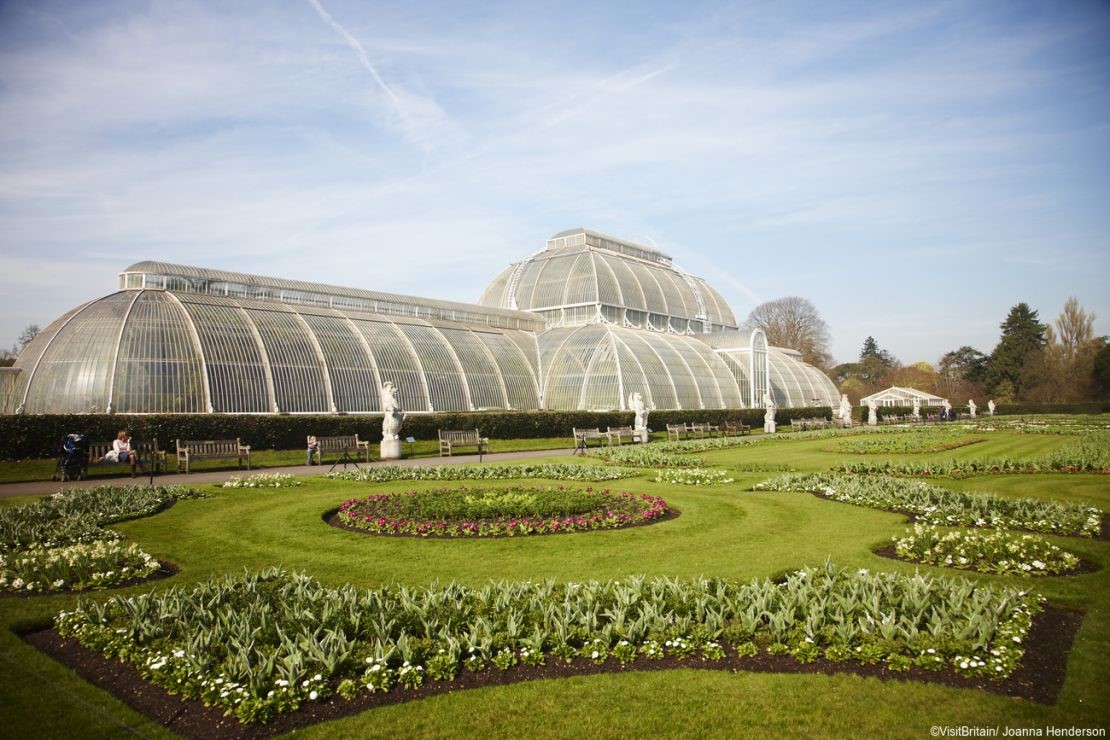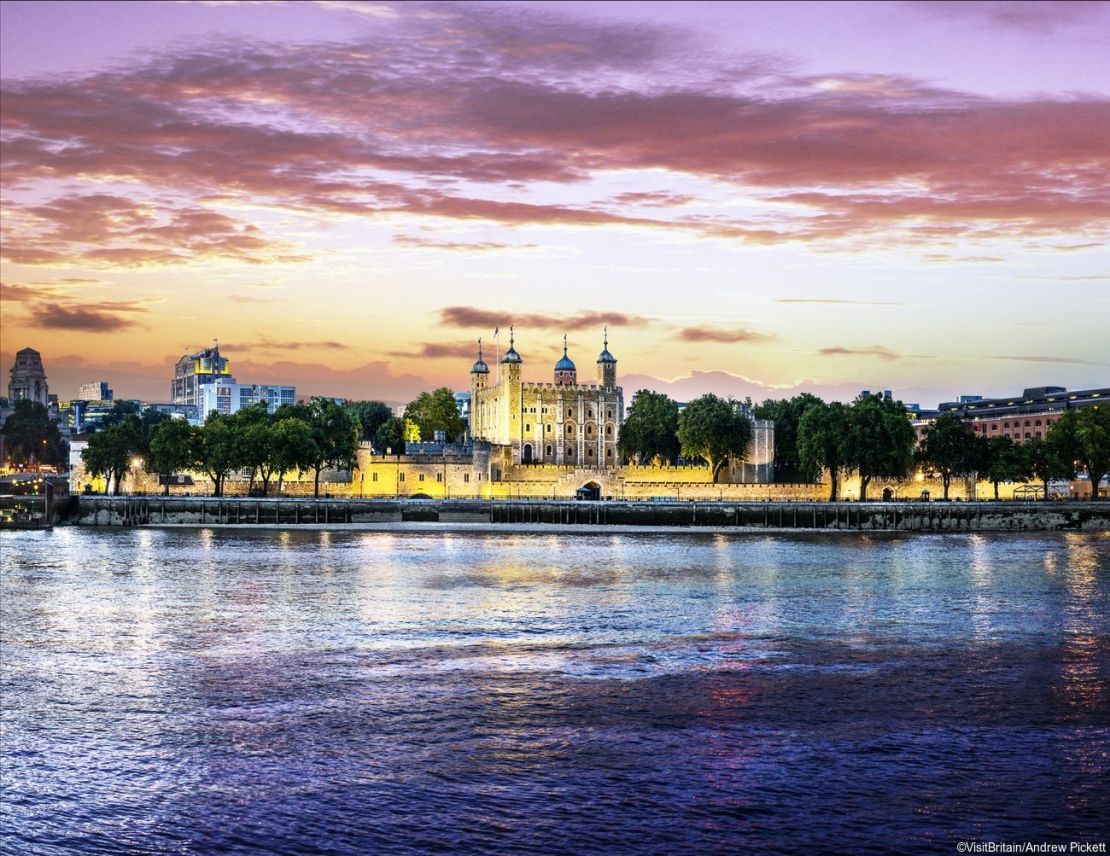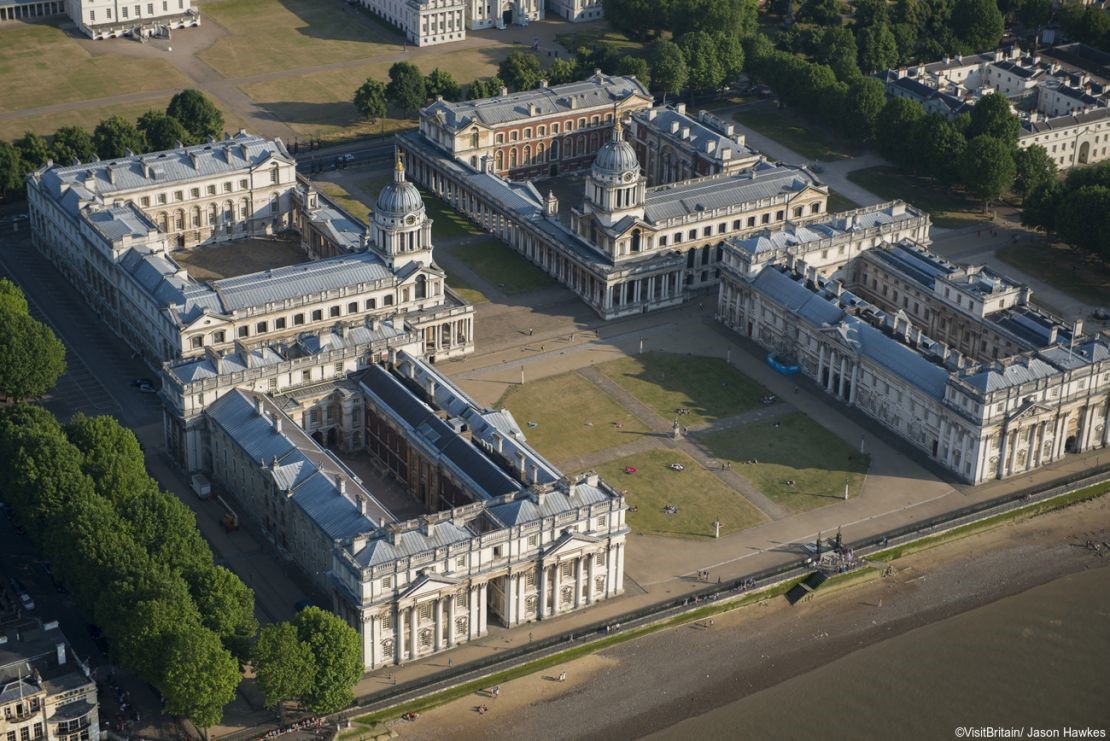About
About the city
One of the world’s most visited cities, England’s buzzing capital is well worth the visit and has so much to offer, from magnificent history and culture to cutting-edge fashion and food.
From Camden’s punky vibe to leafy Hampstead Heath and historic Big Ben, London’s incomparable blend of influences, traditions and history make it an unmissable destination for travellers. Get your culture fix at world-renowned venues like the Natural History Museum or savour award-winning cuisines in Chinatown, Little Venice and Brick Lane.
Satisfy your inner shopaholic with vintage finds in Portobello Road or catch the latest bands at legendary venues like Wembley Stadium. Whether you want to watch the world’s finest acting talent at Shakespeare’s Globe, spot squirrels in Royal Parks or soak up the scenery in Greenwich with a pint of local ale, Britain’s biggest city has it all – and then some!

UNESCO World Heritage Sites
 Palace of Westminster, Westminster Abbey and Saint Margaret's Church
Palace of Westminster, Westminster Abbey and Saint Margaret's Church
London is one of the few cities in the world that can lay claim to having 4 separate UNESCO World Heritage sites. These sites represent the most significant cultural proprieties in the greater London Area:
Together these historic buildings showcase the growth of the English monarchy and have been the setting for many of the events that have shaped the British nation.
At Kew Gardens you'll find the world's largest, most diverse collection of plants. Since 1759 Kew Gardens has served an important role in the understanding of the plant kingdom.
Their Millennium Seed Bank contains seeds from thousands of plant species for reintroduction to their natural habitats or for scientific study.
 Royal Botanic Gardens at Kew
Royal Botanic Gardens at Kew
 The Tower of London
The Tower of London
The Tower of London lies on the bank of the River Thames and was first built by William the Conqueror in the 11th century as a palace and royal residence. The Tower of London has played an important role in British history. Redeveloped over the years, with evolving building techniques, its use has changed many times.
While most castles were used to imprison people for short lengths of time, the Tower of London gained a reputation for torture and imprisonment. It held important prisoners (like the future Elizabeth I), common soldiers and prisoners of war as late as World War II. It is also home to the Crown Jewels and you can see the largest cut diamond in the world there.
The Tower of London has long been said to be haunted by spirits. Most famously, the ghost of Anne Boleyn is said to walk around the White Tower holding her head under her arm.
Home of the Royal Greenwich Observatory and the National Maritime Museum, Maritime Greenwich is an interesting place to visit. One of the most popular things for tourists to do is stand astride the prime meridian - the Earth's line of 0 degrees longitude - with a foot in both the eastern and western hemispheres at the same time.
You can also witness the ball drop at the top of the Greenwich Observatory at 1pm daily, a tradition which has occurred every day since 1833.
 Maritime Greenwich
Maritime Greenwich
